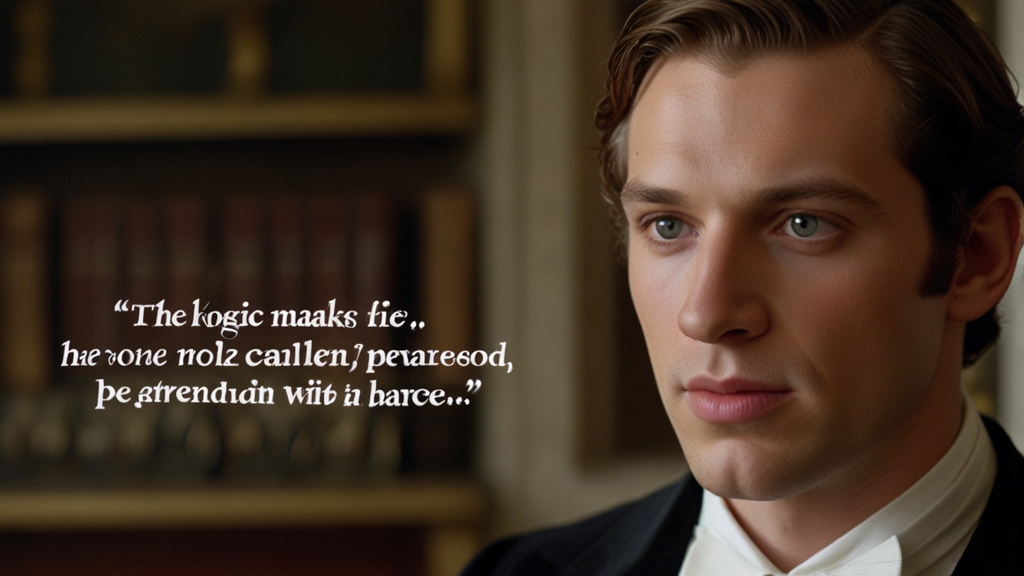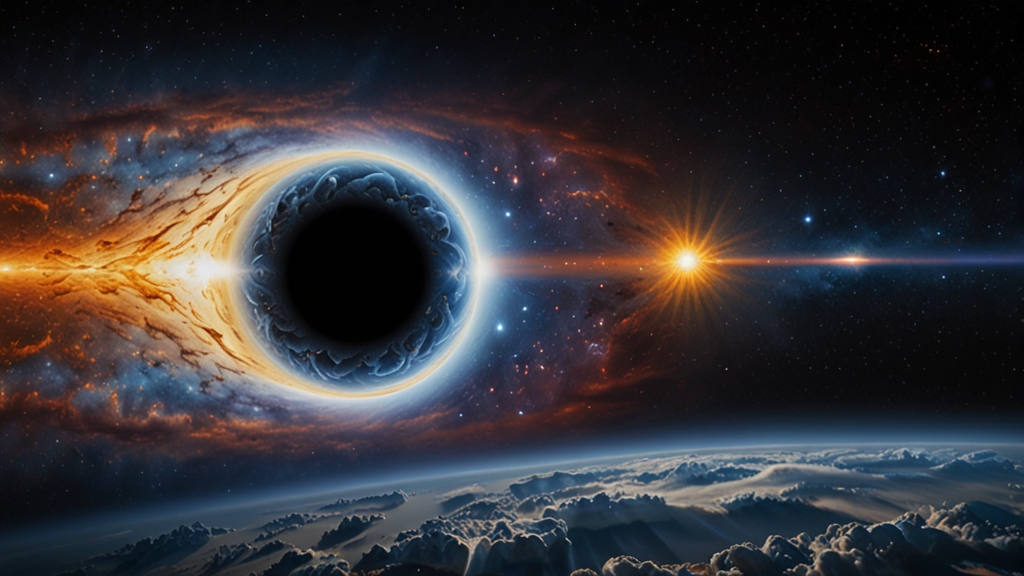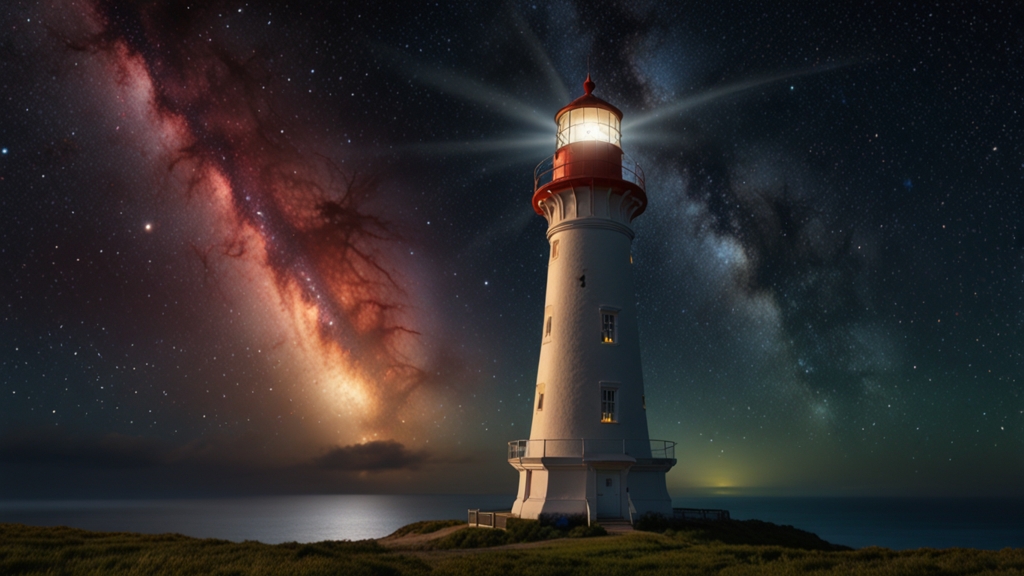Gods, Monsters, and Mortals: A Deep Dive into Mesopotamian Mythology
Mesopotamian mythology, rich and intricate, forms the bedrock of numerous ancient narratives that have greatly influenced subsequent mythologies in the Near East. Centered in the region between the Tigris and Euphrates rivers, Mesopotamian civilization encompasses the myths of Sumer, Akkad, Assyria, and Babylon, interweaving gods, monsters, and mortals in tales of creation, destruction, love, and heroism.
The Pantheon: Gods in Mesopotamian Myth
The gods of Mesopotamia were complex, multifaceted beings, each embodying aspects of nature, society, and human emotion. At the apex stood Anu, the god of the heavens, who reigned as the supreme deity. His dominion over the sky made him a central figure in the pantheon, yet he remained somewhat distant from human affairs.
Enlil, the god of wind, air, earth, and storms, was a key figure whose temperamental nature reflected the unpredictable and often harsh climate of the Mesopotamian plain. His power was immense, capable of bringing both blessings and calamities upon mortals.
Inanna (or Ishtar in Akkadian mythology), the goddess of love, beauty, sex, fertility, and war, epitomized the dual aspects of attraction and aggression. As the most prominent female deity, her stories, such as the Descent of Inanna, underscore themes of death, rebirth, and transformation.
Monstrous Beings: Chaos in the Cosmos
Monsters in Mesopotamian mythology often embodied chaos and served as antagonists in the cosmic order maintained by the gods. The terrifying Tiamat, a primordial goddess of the ocean, is one of the most significant creatures in these myths. She represents the untamed, turbulent forces of nature and is often depicted as a dragon or sea serpent.
“When in the height heaven was not named, and the earth beneath did not yet bear a name, and the primeval Apsu, who begat them, and chaos, Tiamat, the mother of them both, their waters were mingled together...” — The Enuma Elish
The slaying of Tiamat by the storm-god Marduk in the Enuma Elish myth highlights the eternal struggle between order and chaos. Marduk's victory and subsequent creation of the world from Tiamat's body illustrate the emerging cosmic order from primordial disorder.
Heroes and Mortals: Tales of Humanity
Among the mortals that inhabit Mesopotamian myths, none is more iconic than Gilgamesh, the semi-divine king of Uruk. The Epic of Gilgamesh, one of the oldest known literary works, chronicles his adventures and personal growth. Initially a tyrannical ruler, Gilgamesh evolves through friendship, loss, and his quest for immortality, ultimately accepting the inevitability of death and the value of human life's transient nature.
“O Gilgamesh, let your belly be full; keep enjoying yourself, day and night! Every day, make merry, dance and play day and night!” — The Epic of Gilgamesh
Such tales were not just stories but instructional parables that integrated moral teachings with entertainment. They emphasized virtues like bravery, friendship, and the search for wisdom, reflecting the values and concerns of the Mesopotamian people.
Conclusion
Mesopotamian mythology, with its vivid gods, fearsome monsters, and relatable human heroes, provides a window into the ancient world’s spiritual and cultural landscape. It reveals how ancient Mesopotamians understood their universe, grappled with natural and existential challenges, and expressed their hopes, fears, and aspirations. These myths, preserved on clay tablets in cuneiform script, continue to fascinate and inform us about the early complexities of human thought and the enduring power of storytelling.








